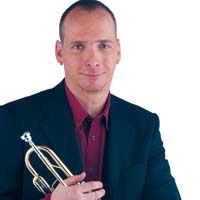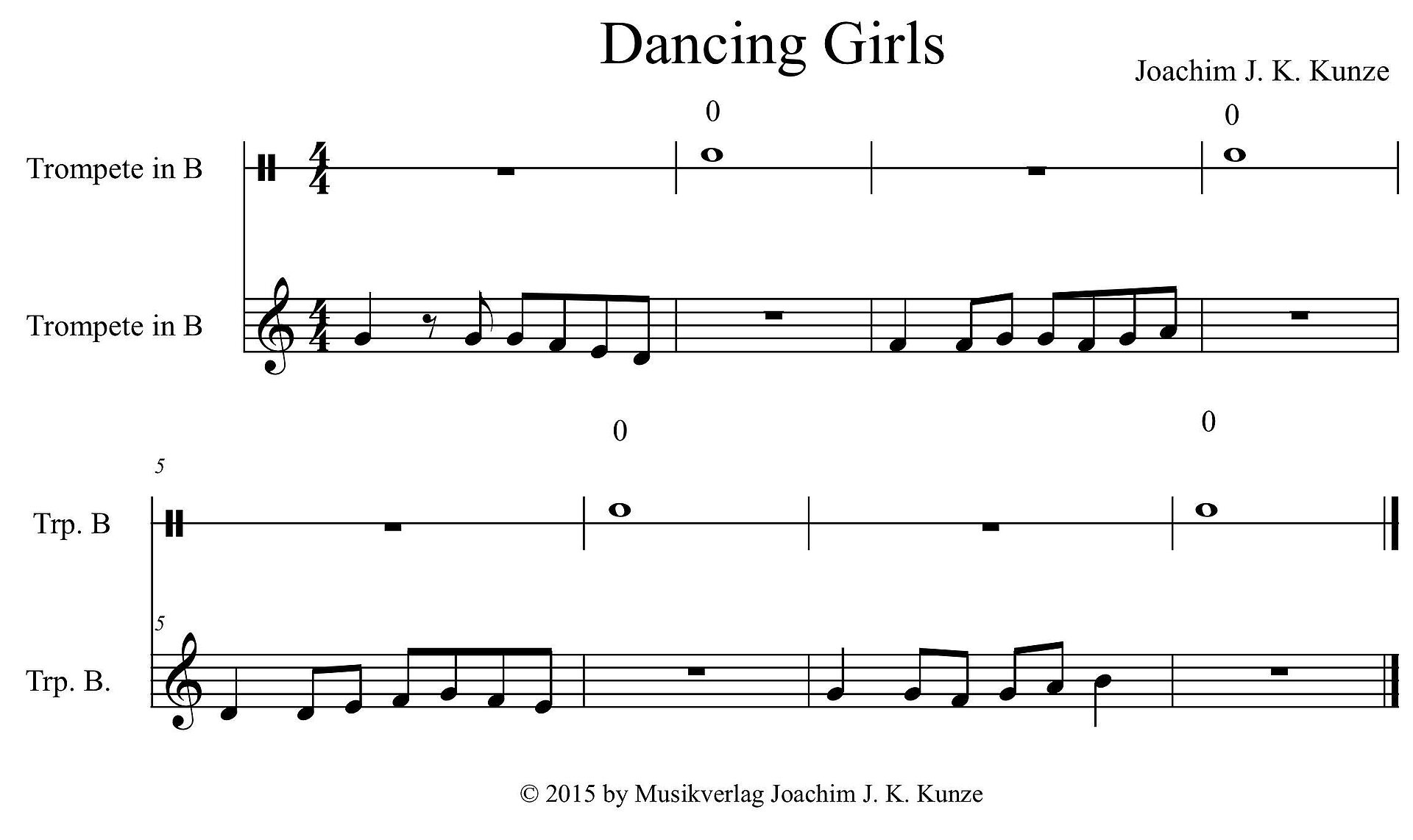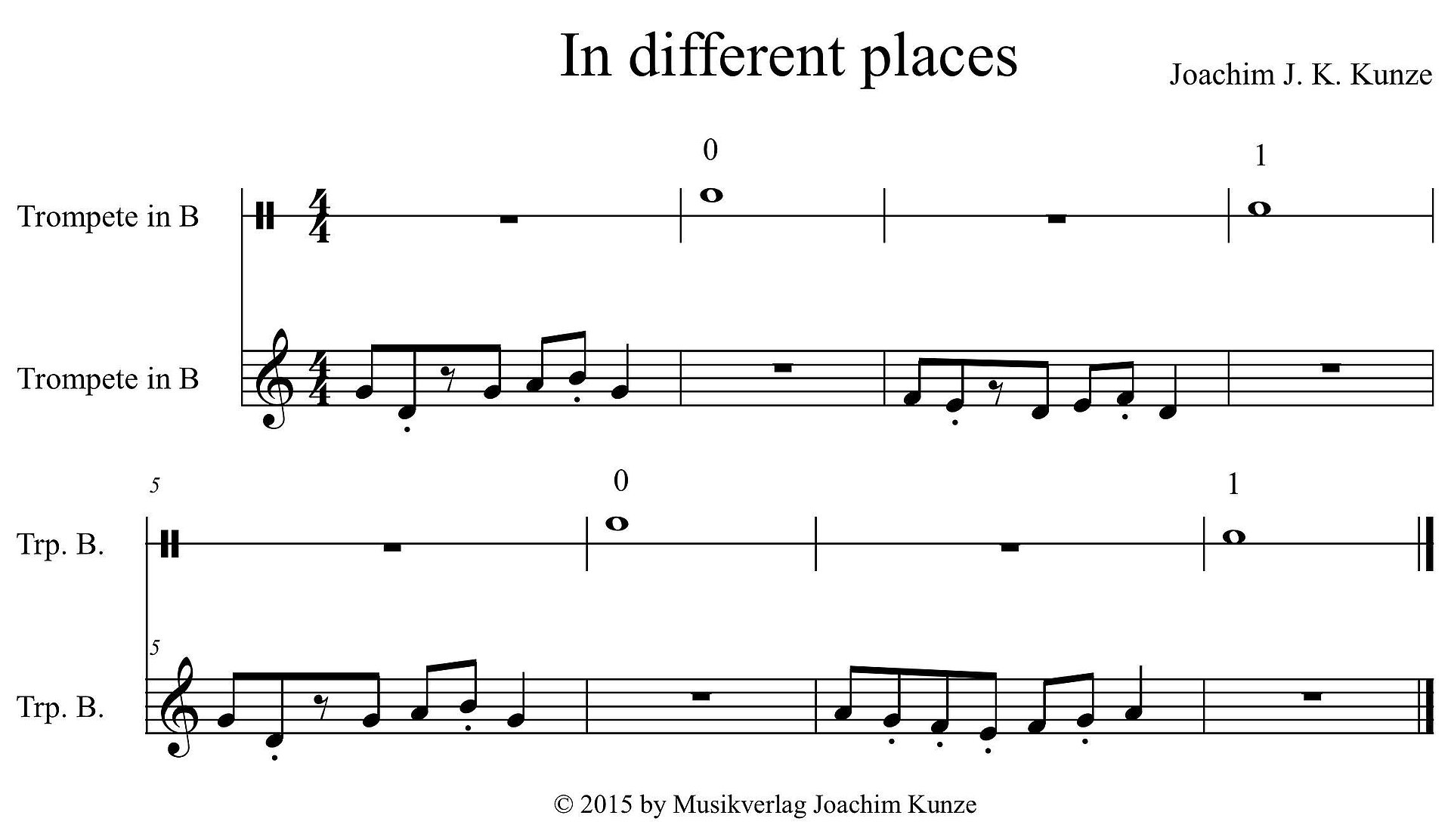Introduction
During my clinics, people keep asking me what it takes to become a trumpet player. As always, I’m afraid there is no one-size-fits-all solution! You probably suspected that, because we are all different. Ideally, each and every student requires a tailor-made program with an assorted trumpet method. This may look obvious on paper, but would be impossible in real life. Everybody therefore needs to compromise. In this article, I shall discuss different types of beginners and suggest a sensible approach for each of them.
The Instrument Carousel
I tried this instrument carousel approach in several music academies and schools, where five to six students attended trumpet lessons during a few weeks to familiarize themselves with the instrument. After that, they went elsewhere and I taught different students. This has allowed me to meet a wide range of students, each of whom had a go with the trumpet, even though some of them had no particular desire to play the instrument. Here is what I noticed.
Four Different "Buzzing Types"
During the playful discovery of the instrument, we started out by "analyzing" how sounds are produced. We "noticed" that notes are essentially created by the lips.
I therefore asked the children to start "buzzing" and told them that this was already a note"”they loved it. Over the years, I have noticed that children fall into four categories, which I would like to present here:
Type 1: Buzzed with the red of their lips but were unable to roll in their lips to buzz higher notes.
Type 2: Was good at buzzing and naturally rolled in their lips without any conscious control.
Type 3: Pressed their lips together and therefore buzzed extremely high notes. These sounded a bit like somebody trying to imitate the squeal of a breaking car.
Type 4: Was unable to buzz.
The Best Beginners
Type-2 students (see the descriptions above) seem to be ideal future trumpet players, because their embouchure comes naturally.
How they eventually turn out remains to be seen. After all, not all of these students want to learn to play the trumpet. I see quite a few Type-1 and Type-3 students in my classes who may very well end up playing better than Type-2 students but who will have to work harder to get there.
Nowadays, some trumpet methods provide the option of starting with different notes. They offer either the C1 or the G1 as a first note, which makes a lot of sense.
Given that my instrument carousel based on the program described above was finished before the end of the first lesson, I started looking for options to play tunes with the children that did not require set tones. Anything else would have been asking too much from beginners whose lips and breathing technique need yet to be developed. I therefore prepared play-alongs that did not require specific notes and focused on finding the right fingerings instead (see the two examples).
The tunes are available as PDFs and mp3 files. You can download them from the relevant article page on www.jupiter.info/wissen/profitipps/trompetentipps.html.
This proved a lot of fun, because the children were able to play a "tune" with accompaniment at home. With beginners, this has allowed me to get them started as they came, irrespective of their types and without asking too much from them. I have compiled everything I learned in my "Start frei" method for beginners. Given that I prefer starting out in the medium register, this approach allows teachers to work on the medium and high registers almost from the onset.
Most children come to grips with this in no time and are quickly able to play several high notes.
Conclusion
Children wishing to play an instrument are most interested in playing music. Hardly anyone enjoys playing technical exercises, and most of them won’t bother practicing them at home even though that is what teachers ask them to do. They want to have fun, they look for instant gratification, something that will allow them to show off at home"”preferably yesterday. If we as teachers remember to correct fundamental errors as they emerge, which can be achieved with short, playful exercises, we are on to something...
Have fun with your beginners!




